Bunuelos Recipe
My delicious buñuelos recipe creates light, crispy fritters fried to golden perfection, then topped with homemade piloncillo syrup and cinnamon sugar for a festive treat you can enjoy year-round.
You probably should know by now that I have a soft spot for fried snacks. So when I shared this summer fair classic funnel cake recipe, I immediately went on to make this popular Mexican favorite holiday treat which has a couple of variations among Latin American countries.
What’s not to love about this flat disk fried dough covered in syrup or cinnamon sugar? PLUS, the dough is quite simple, using just a handful of pantry-staple ingredients.
Why wait for the holidays when you can make it today?
What Are Bunuelos?
Bunuelos also called as bimuelo, bonuelo, bermuelo, is a fried dough usually shaped into balls or tortillas that is popular in Southwest Europe, Latin America, and some parts of Africa and Asia. In Latin America, bunuelos are often seen as a symbol of good luck and are served during the holidays with a filling or topping or as an accompaniment.
Common ingredients found in Bunuelos are usually all-purpose flour, sugar, salt, baking powder, warm water, and oil for frying. Some countries would add anise, cinnamon, jam, or honey to them.
Bunuelos Origin
Although Bunuelos are popular along the streets of Mexico City, these crunchy tortilla-like treats were actually introduced into Mexico and the Americas by the Spanish Settlers. However, some would claim that these are not purely Spanish in tradition but instead reflects the Arab heritage of settlers to the Iberian Peninsula. Nevertheless, bunuelos have been embraced in many Hispanic countries, putting their own variation into it and making it a part of their regional tradition.
Colombian vs. Cuban vs. Mexican Bunuelos
Okay, you could be wondering how other bunuelos don’t look like what I have in these photos. Actually, all of those variations are regionally adapted. As a start, Colombian bunuelos are doughy fried balls made primarily with small white curd cheese and yucca flour. They are crunchy on the outside and pillowy angel food cake soft on the inside (more like our African Puff Puff).
On the other hand, Cuban bunuelos are shaped in figure 8 with the dough primarily made from ground yucca and malanga (or eddo/eddoe; closely related to taro). These fried treats are usually served warm with a special anise syrup.
Finally, the Mexican Bunuelos – our kind of bunuelos for today. These bunuelos use pantry-staple ingredients like all-purpose flour and baking powder and are crunchy, flat, disk, and fried fritters usually served with piloncillo syrup or cinnamon sugar.
Ingredients
To make these addictive Mexican fried treats, you just need the following below:
- Warm Water – An essential part of making any dough. It’s the basis for forming our treat.
- Anise (optional) – Seeds with a flavorful earthy taste and fragrant aroma.
- All-Purpose Flour – This pantry must-have isn’t just for baking. it’s also great for many savory dishes.
- Baking Powder – An instant ingredient that helps our dough rise. it’s basically sodium bicarbonate.
- Salt – A basic ingredient that intensifies all other flavors. it’s also used for preserving, brining, or simply as a light garnish.
- Sugar – Common table sugar you can easily find in any grocery store.
- Vanilla Extract – Gives a flavor boost to any dessert or treat. Make your own at home with this easy guide.
- Melted Butter – Butter in liquid form
- Oil for Frying
You’re probably wondering what the heck is anise. Well, anise or aniseed, is a quite sweet and very aromatic spice with flavors similar to that of star anise, fennel, and licorice. This spice is native to the eastern Mediterranean region and Southwest Asia.
You can buy them at specialty stores (like Hispanic or Asian stores) or order them online at Amazon. But if you can’t find one, that would be fine. You may substitute it with plain water and vanilla, although there’s nothing quite like that sweet aroma of anise to bunuelos.
How to Make Bunuelos
Prep the Dough
- Make the anise water: Start by making anise water by placing 1 ¼ cup of warm water in a small bowl with anise. Let it sit for about 10 minutes. Strain and set aside 1 cup of water for the dough. (Photos 1-2)
- Form the dough: In a large bowl, mix together flour, baking powder, salt, and sugar. Form a well in the center, and pour in melted butter, anise water, and vanilla extract. Knead until a soft and smooth dough forms – about 2 minutes or less. (Photos 3-4)
Form the Bunuelos and Fry
- Rest and divide: Cover the dough with a kitchen towel and let it rest while you clean up and prepare the working surface. Flour your working surface and divide the dough into 12-13 small balls, and cover. (Photos 5-6)
- Flatten the dough: Roll each dough on floured board in a circular motion until thin. Be careful not to let the dough tear. For a crispier dough, roll super thin. Repeat with the remaining dough until all the dough has been used up. (Tip: Place on top of the bowl to let it air out. This step helps bunuelos absorb less oil.) (Photo 7)
- Fry the bunuelos: Heat up a skillet or cast iron with vegetable oil, enough to cover it, with 2 inches of oil. Heat should be approximately 350 Degrees F. Place dough in oil and fry until golden brown – this step will take about a minute or less, depending on the thickness of the dough. Transfer to a paper towel-lined plate to drain any excess oil. Serve bunuelos warm or at room temperature with Piloncillo syrup (recipe below) and/or sprinkle with cinnamon sugar. (Photo 8)
Make the Syrup
- Mix the ingredients: In a small saucepan, add piloncillo cone, cinnamon stick, and star anise, and pour in warm water over the piloncillo and let it boil. Stir the piloncillo sugar mixture until it is dissolved.
- Thicken the syrup: Reduce heat to low and cook, stirring occasionally, until the syrup thickens. This might take about 8-10 minutes. Add vanilla extract. The syrup will continue to thicken as it cools. If desired, strain through a fine-mesh strainer. Serve warm, or cool completely before storing.
What Is Piloncillo?
What’s bunuelo without its all-time partner, piloncillo??? And since I love you all to bits, I’m including as well this homemade Piloncillo syrup to drizzle all over your bunuelos. Yes, yes! They’re a match made in heaven!
This Piloncillo syrup is primarily made with piloncillo, which is an unprocessed pure cane sugar sold commonly in a cone shape and used in Mexican cooking. Unlike brown sugar, piloncillo is pure sugar minus all the additives. It’s deliciously rich in flavor, just like molasses, because the molasses was never extracted. Basically, you can use it just like you would use other types of sweeteners.
Can I Make Bunuelos Ahead of Time?
The dough in this recipe is pretty manageable. So, yes, you can make the dough ahead of time and simply wrap it in a cling plastic wrap and store it in the fridge overnight or for 2-3 days.
How to Store Bunuelos and Piloncillo Syrup
Although bunuelos stored in the fridge are still good, room-temperature bunuelos are, for me, best left on the counter to preserve their crispy crunchy texture. Simply stack them on a plate and cover them loosely with a paper towel or napkin. It will last on the countertop for three days.
As for the piloncillo syrup, let it completely cool first before transferring it to a storage container. It keeps well in the fridge for a week. Your pancakes and oatmeal would sure need a good drizzle of this syrup. 😉
Can I Freeze Them?
Well, you can! You can make a big batch of Bunuelos, then let them cool down before wrapping them individually in foil and freezing. And just crisp them up in the oven for 1-2 minutes at 250F when ready to serve. Make sure to keep an eye on them, though, when reheating, as it varies depending on the thickness of your bunuelos and your oven’s heating capability.
More Fried Dough Recipes
Watch How to Make It
[adthrive-in-post-video-player video-id=”r6F6LFur” upload-date=”2023-01-19T10:17:23.000Z” name=”Bunuelos – Spanish Fried Dough.mp4″ description=”Bunuelos are light, crispy, sweet, flat fritters fried to golden perfection and drizzled with homemade Piloncillo syrup and dusted with cinnamon sugar.” player-type=”collapse” override-embed=”false”]

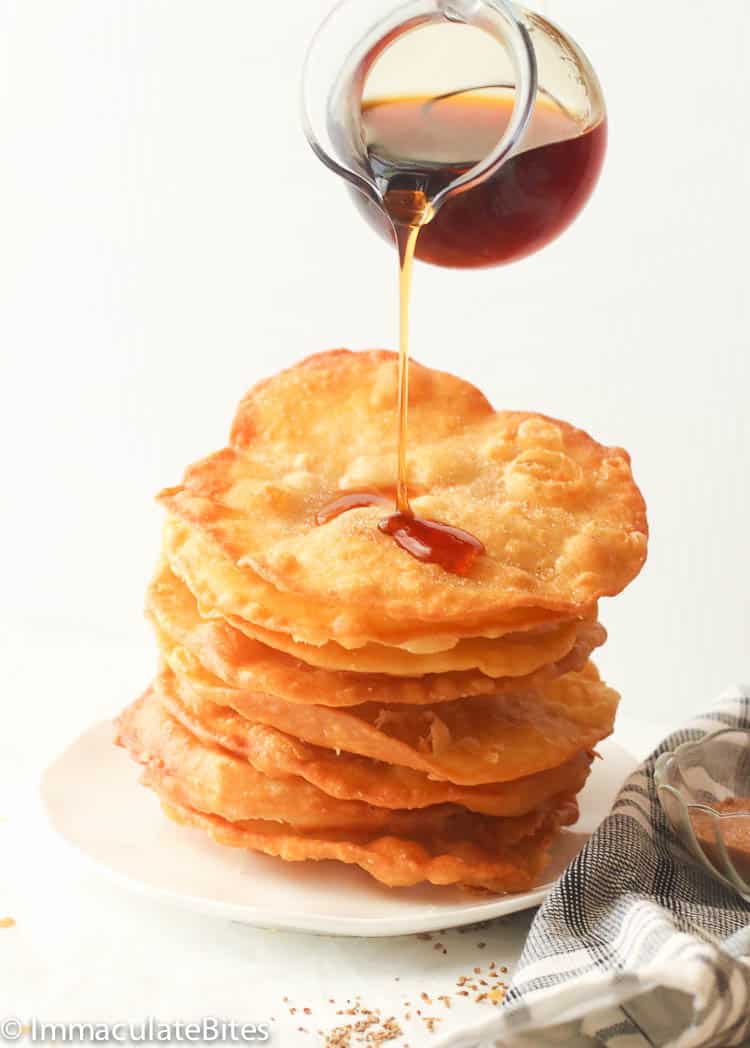
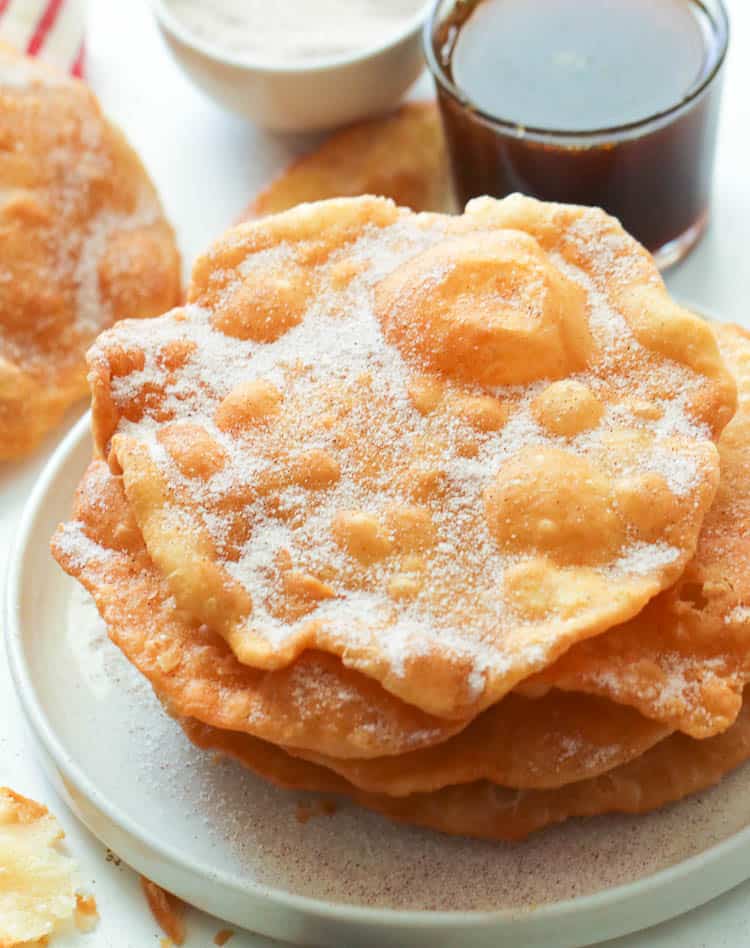
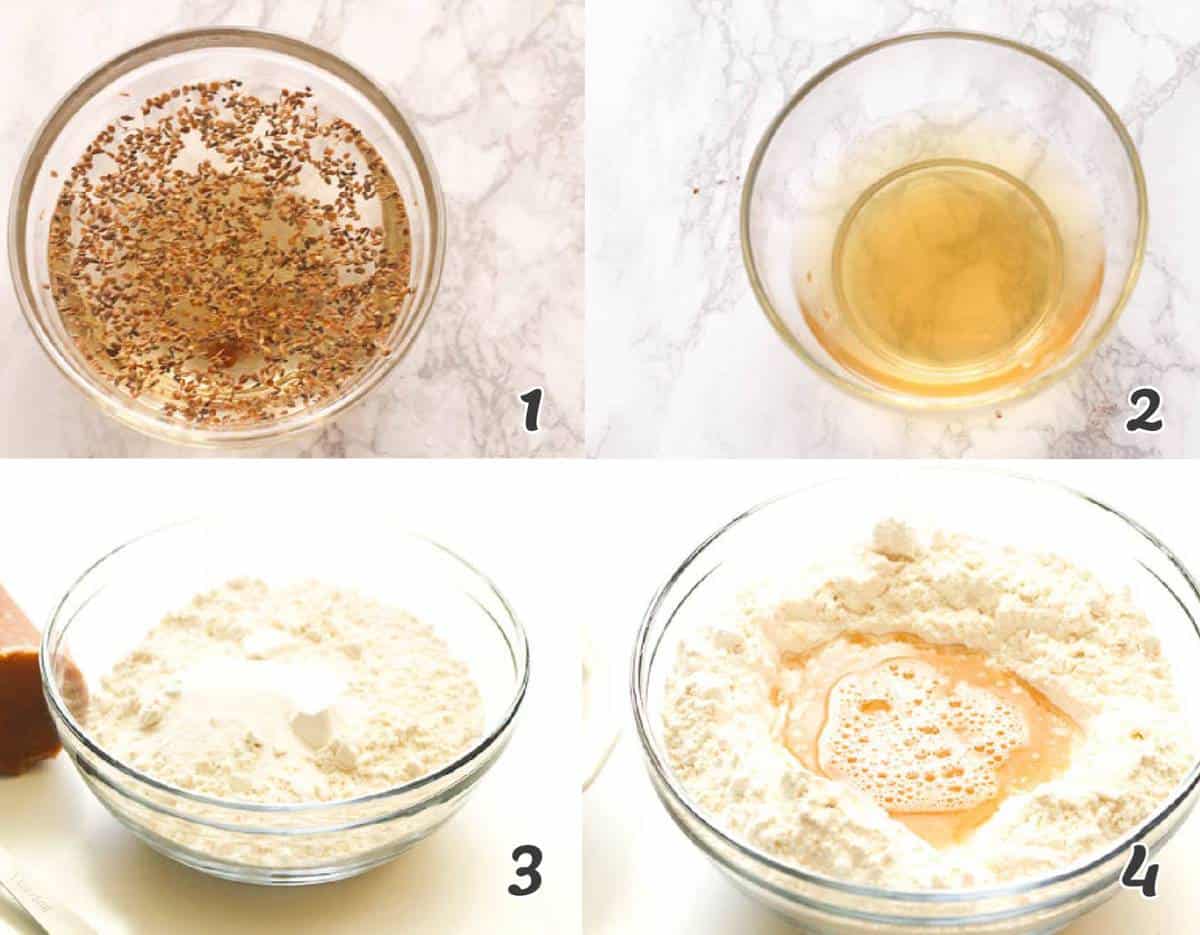
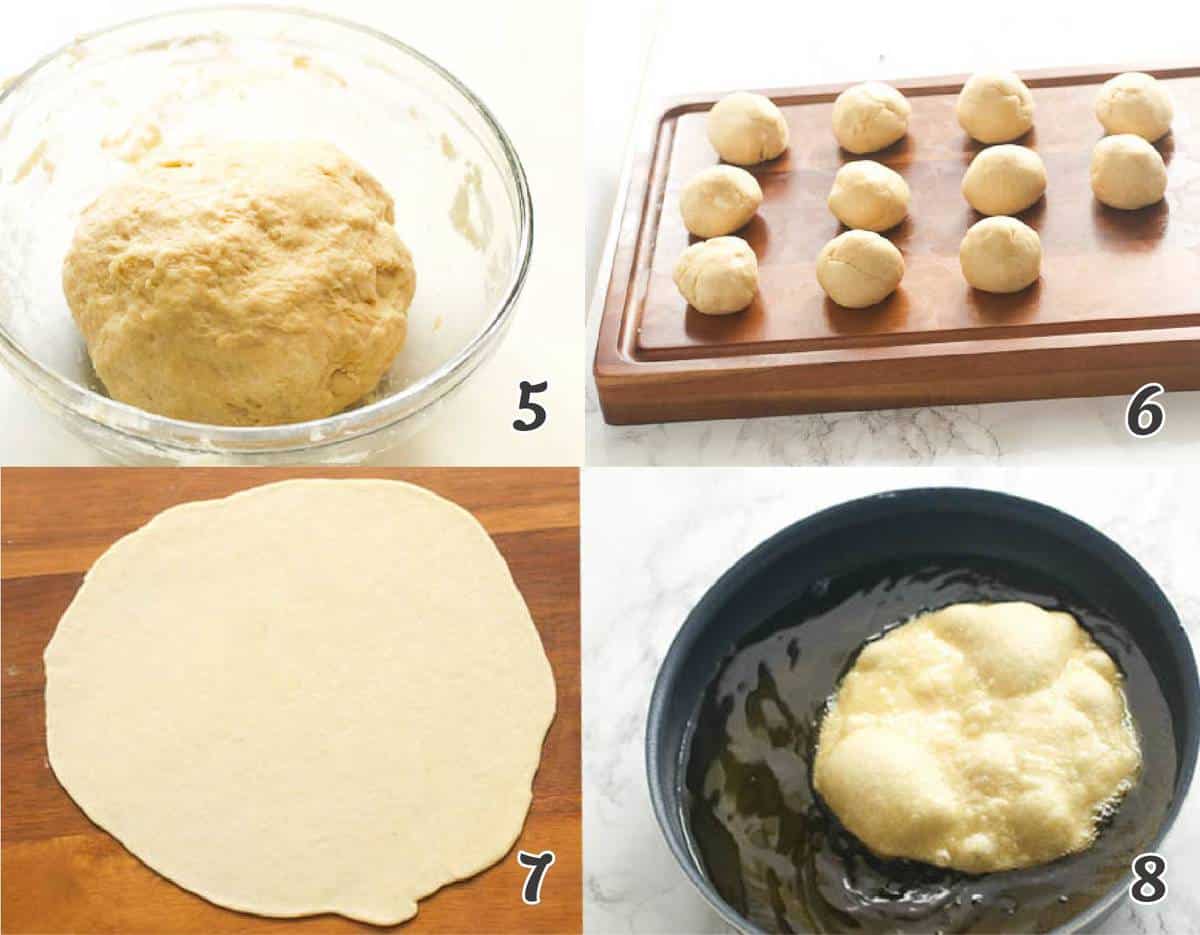
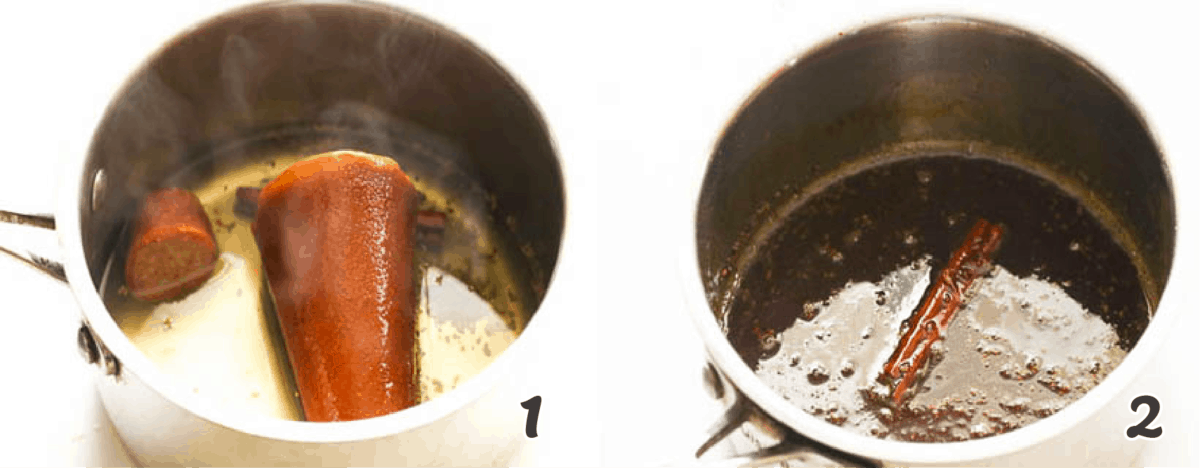
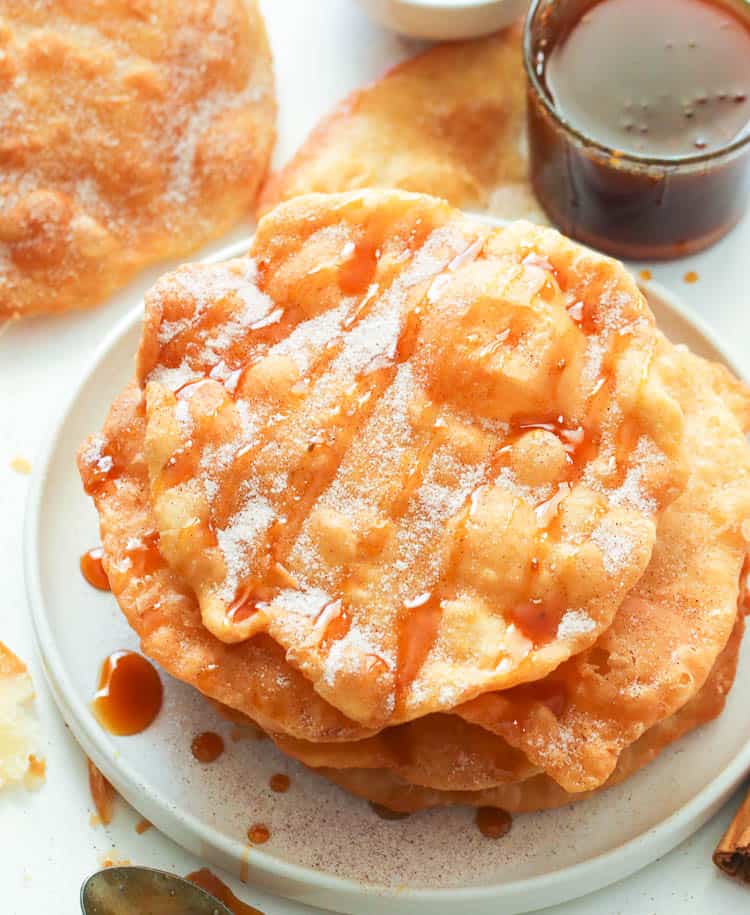
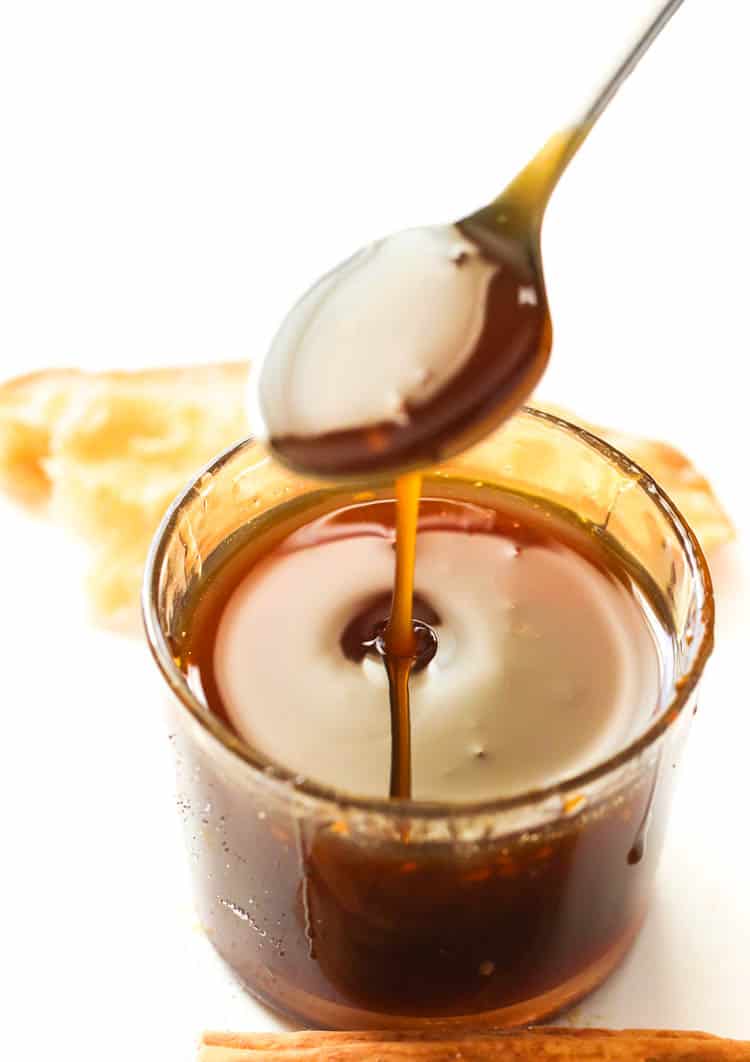
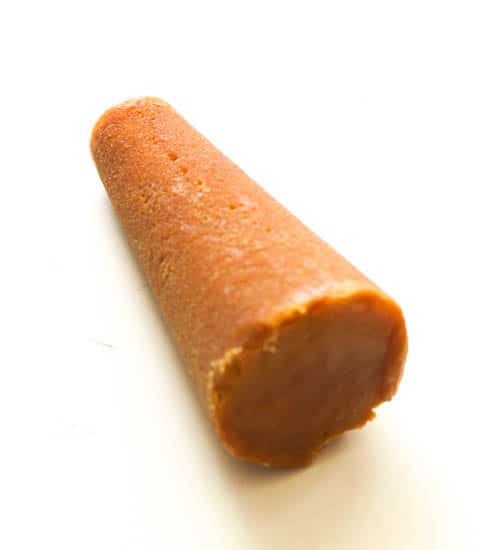
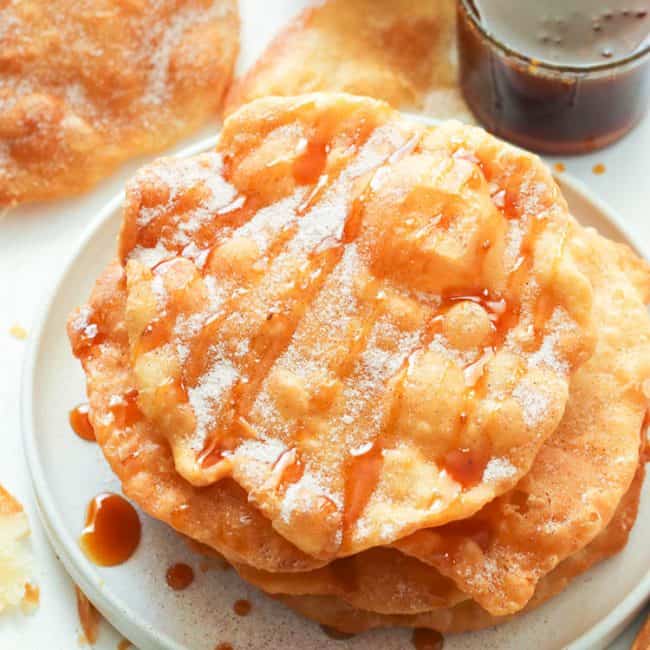

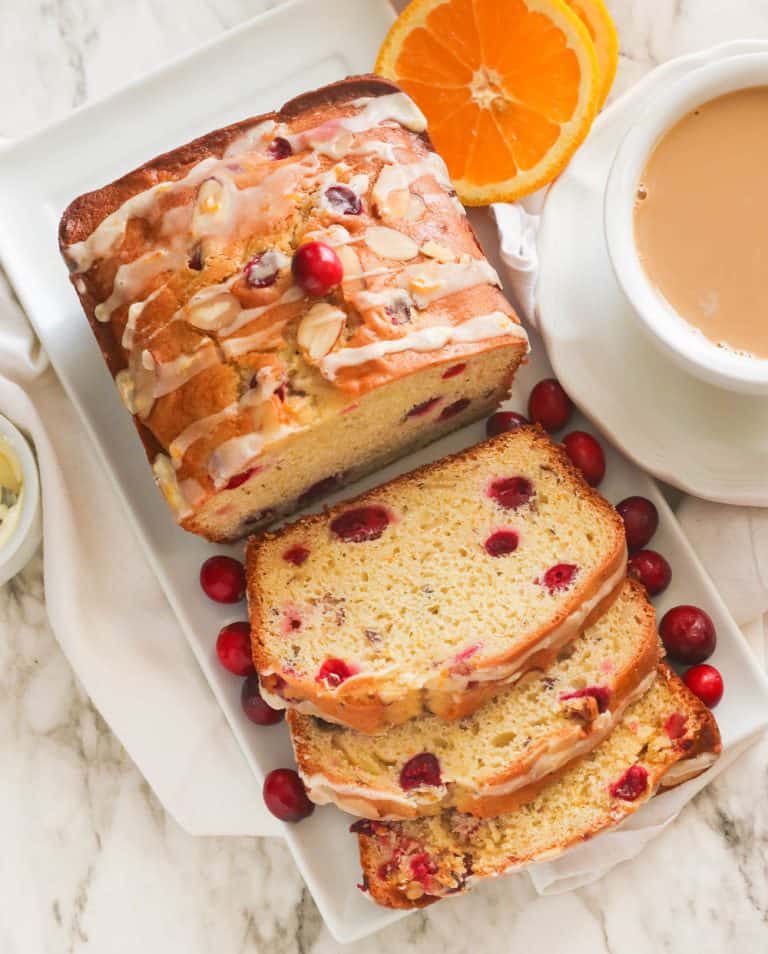
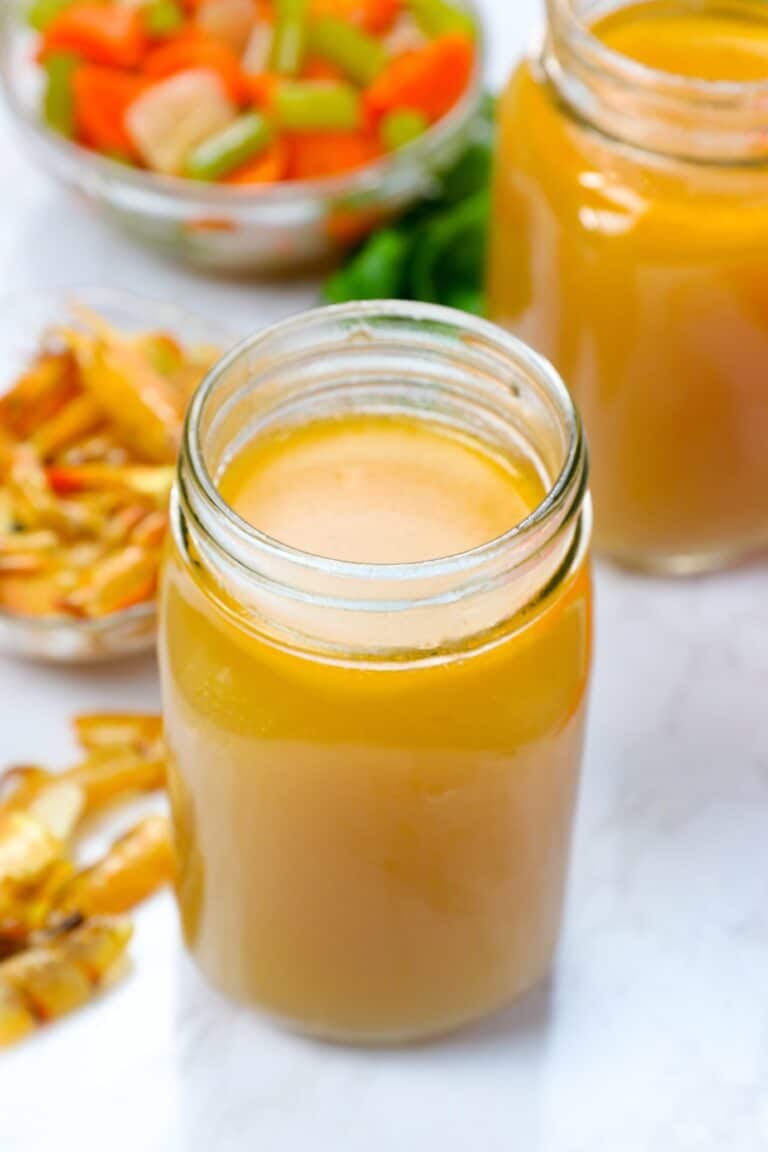

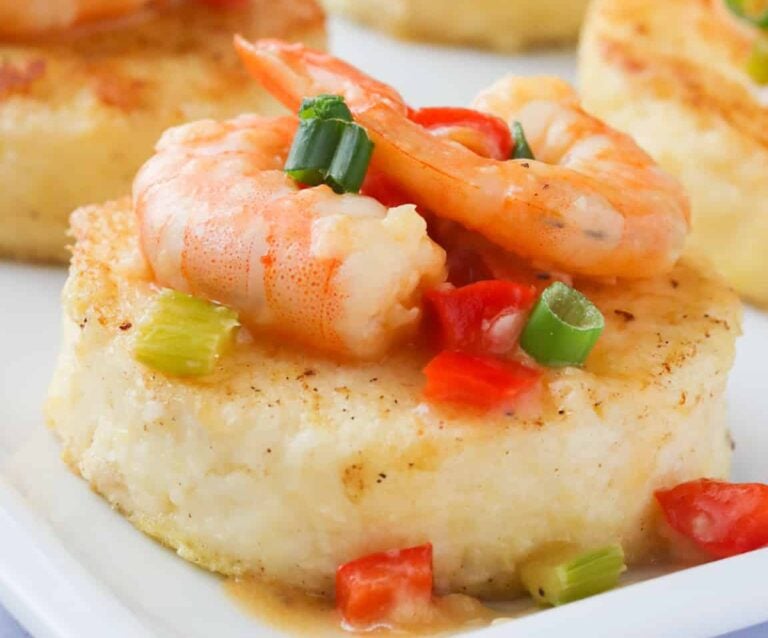
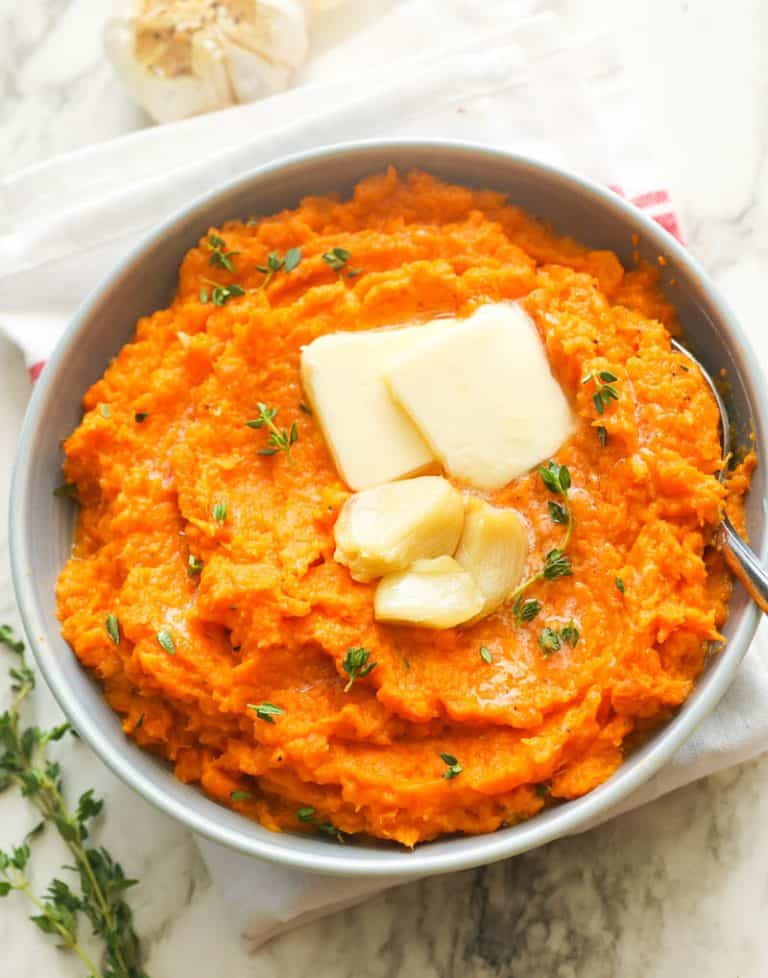
Can I use margerine instead of butter?
You sure can with good results.
Dear Inma:
Those are not fritters (buñuelos), they are turrets (torrejas) …
Buñuelos recipe: https://www.quericavida.com/recetas/bunuelos-de-yuca-venezolanos/a39a3d60-3d5b-4480-8a32-152a99fe83b3
Torrejas recipe: http://www.construarte.com.ve/receta-preparar-torrejas-venezolanas/
Both are Venezuelan recipes … you have to translate them, but as a good cook you will find it easy to do so…
Best regards and thanks for share your reecipes…
Pedro